Securing the Encoder Adapters
The Encoder Adapters and SPARK MAX Data Port Breakout Boards can be secured to a SPARK MAX in two ways.
SPARK MAX Mounting Bracket (REV-45-2468)
1) To use a SPARK MAX Mounting Bracket to secure your Encoder Adapter or Breakout Board you will need to remove the middle tab of plastic
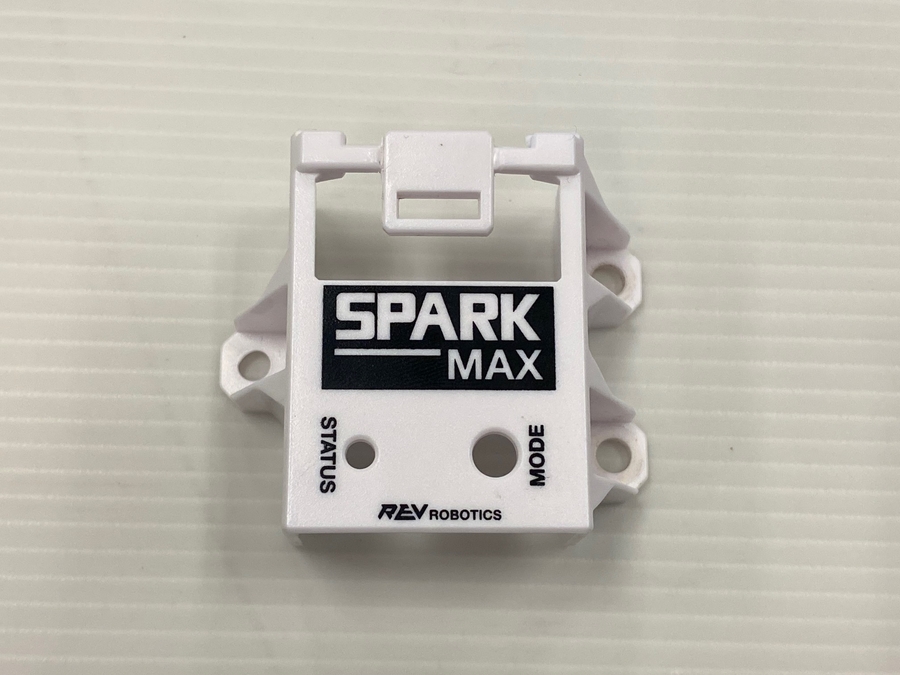
2) Cut this piece of plastic with a pair of snips, or remove it by twisting the plastic until it breaks
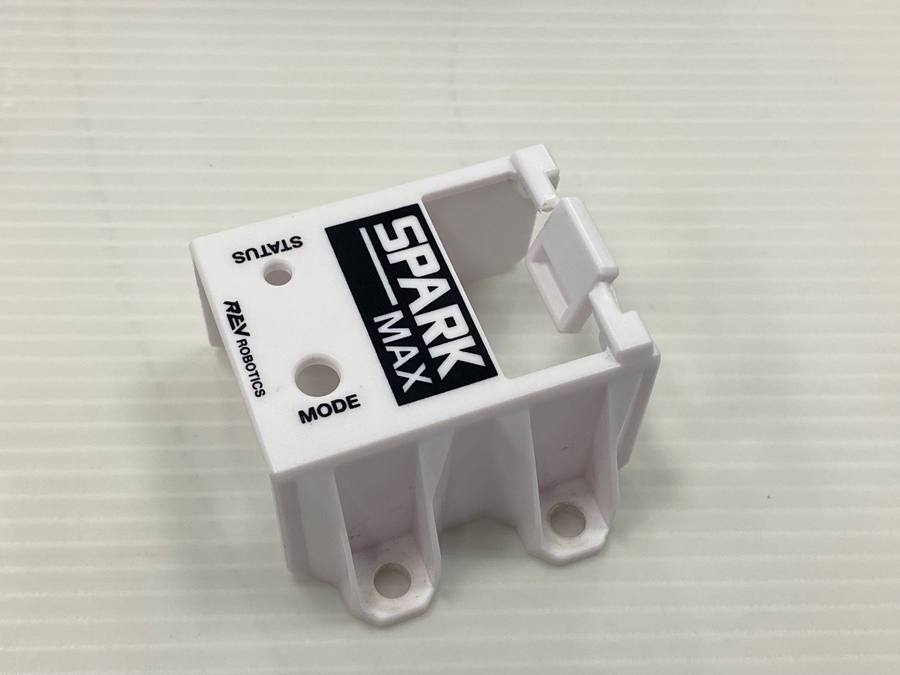
3) Once the middle piece of plastic has been removed, remove any sharp edges with a file or some sandpaper
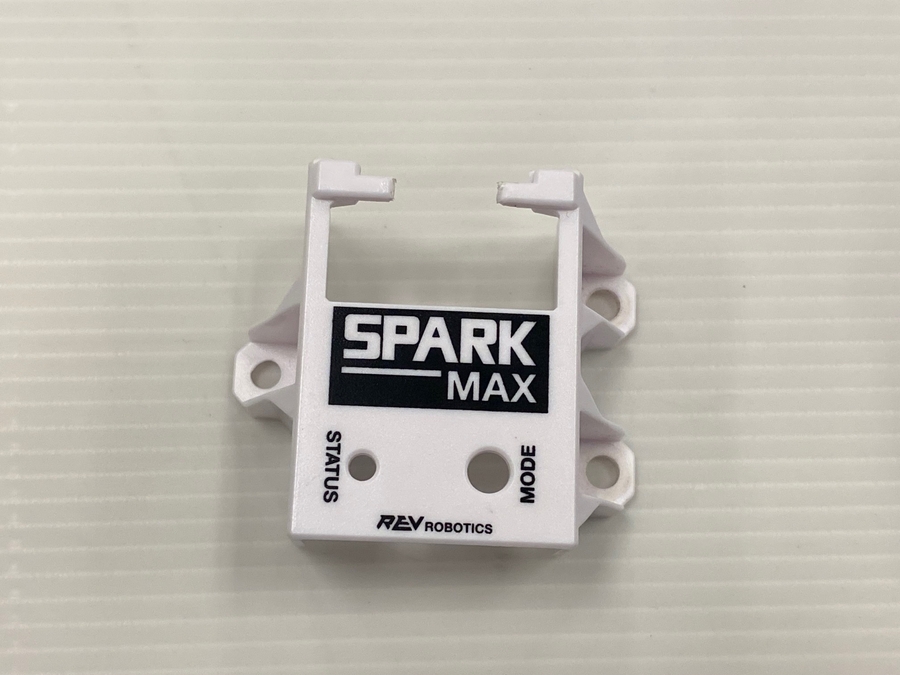
4) The SPARK MAX Mounting Bracket will fit over the board as shown in this image. Attach the mounting bracket to your surface as you normally would after this step
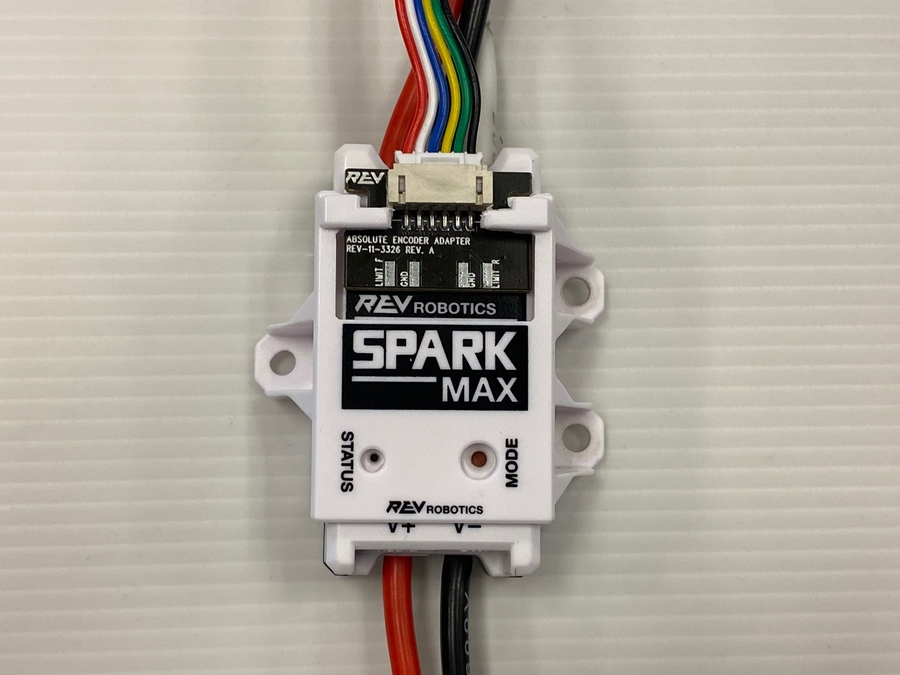
Zip-tie Notches
A zip-tie can be secured around the SPARK MAX's zip-tie notches and over the board to securely attach it to the motor controller as well.
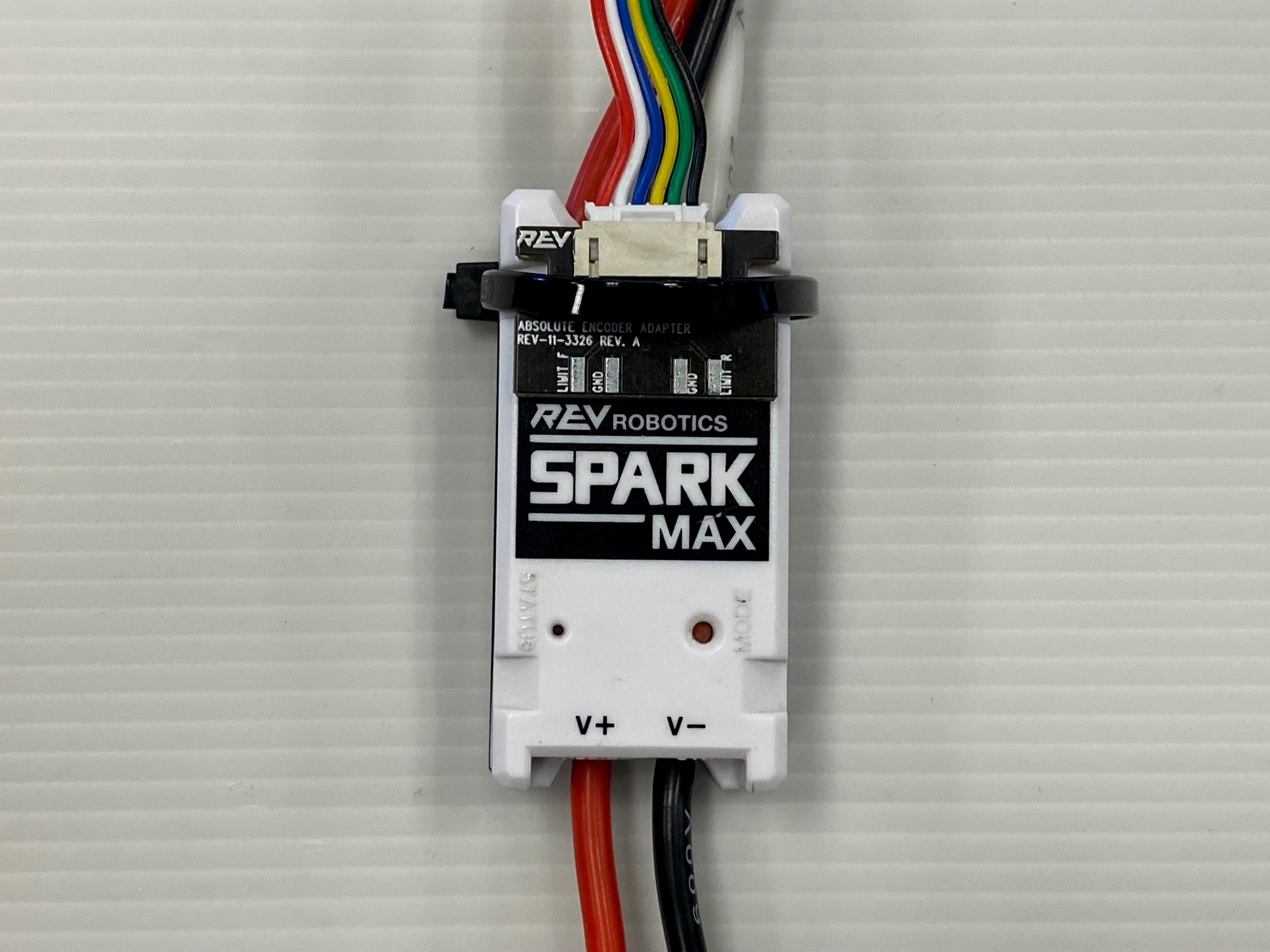
Last updated
Was this helpful?

